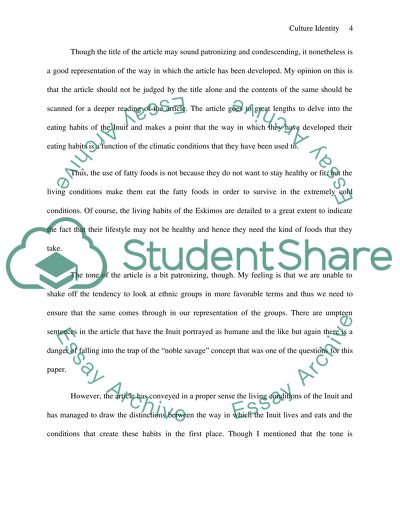Cite this document
(The Representation of an Indigenous Culture Essay, n.d.)
The Representation of an Indigenous Culture Essay. Retrieved from https://studentshare.org/culture/1549899-culture-identity
The Representation of an Indigenous Culture Essay. Retrieved from https://studentshare.org/culture/1549899-culture-identity
(The Representation of an Indigenous Culture Essay)
The Representation of an Indigenous Culture Essay. https://studentshare.org/culture/1549899-culture-identity.
The Representation of an Indigenous Culture Essay. https://studentshare.org/culture/1549899-culture-identity.
“The Representation of an Indigenous Culture Essay”, n.d. https://studentshare.org/culture/1549899-culture-identity.


